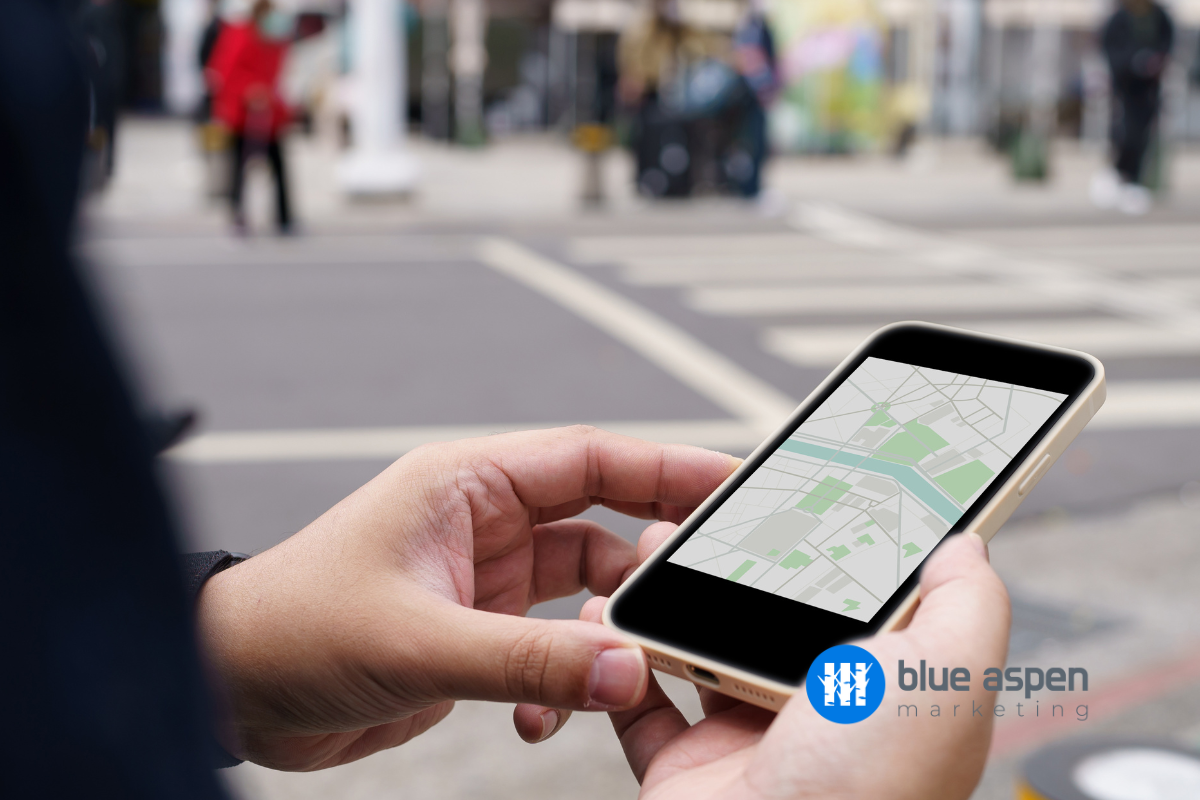Creating Ads on Google Maps

Google Maps has become an indispensable tool for navigating our world. Whether searching for the nearest coffee shop or planning a road trip, Google Maps provides invaluable guidance. But did you know that you can also use Google Maps to reach potential customers directly?
The Benefits of Google Maps Advertising
Advertising on Google Maps offers a unique opportunity to connect with customers actively seeking local businesses. Here’s why it’s a powerful strategy:
- Targeted Reach: Google Maps ads allow you to target customers based on their location precisely. This ensures that your message reaches the right people at the right time.
- Increased Visibility: By appearing prominently in Google Maps search results and as sponsored pins, your business gains visibility among potential customers.
- Enhanced Credibility: Google Maps is a trusted platform. When your business appears as a sponsored result, it reinforces your credibility and trustworthiness.
- Direct Engagement: Google Maps ads often include clear calls to action, such as “Call Now” or “Get Directions.” This makes it easy for customers to take immediate action.
- Measurable Results: Google Ads provides detailed analytics, allowing you to track the performance of your campaigns, measure ROI, and make data-driven adjustments.
Understanding Google Maps Advertising Options
There are two primary types of Google Maps ads:
- Search Results Ads: These appear at the top of Google Maps search results when users search for specific businesses or services within a particular area.
- Sponsored Pins: These are visually distinct pins that appear on the map, often highlighting businesses that are nearby or relevant to the user’s current location.
Creating Your Google Maps Advertising Campaign
To create a successful Google Maps advertising campaign, follow these steps:
- Set Up a Google Ads Account: If you don’t already have one, create a Google Ads account.
- Create a Campaign: Select “Local shop visits and promotions” as your campaign type.
- Define Your Target Audience: Specify the geographic location, demographics, and interests of your ideal customers.
- Create Your Ad: Craft compelling ad copy that includes relevant keywords, a strong call to action, and visually appealing images or videos.
- Set Your Budget: Determine your daily or monthly budget for the campaign.
- Monitor and Optimize: Regularly track the performance of your campaign and make necessary adjustments to improve its effectiveness.
Additional Tips for Maximizing Results
- Optimize Your Business Profile: Ensure that your Google My Business listing is complete, accurate, and up-to-date.
- Use High-Quality Images: Eye-catching visuals can make your ads more appealing.
- Leverage Location Extensions: Add location extensions to your ads to display your business address and phone number directly in search results.
- Experiment with Different Ad Formats: Test various ad formats, such as text ads, image ads, and video ads, to see what works best for your business.
By effectively utilizing Google Maps advertising, you can increase your local visibility, drive more foot traffic, and ultimately boost your business’s bottom line.
Optimizing Your Google My Business Listing for Maximum Visibility
Your Google My Business (GMB) listing is a crucial tool for attracting local customers. By optimizing your listing, you can improve your search engine ranking, increase your visibility on Google Maps, and drive more foot traffic to your business.
Here are some essential tips for optimizing your GMB listing:
1. Complete Your Profile
- Accurate Information: Ensure your business name, address, and phone number (NAP) are consistent across all platforms.
- Detailed Description: Provide a clear and concise description of your business, highlighting your unique selling points and products or services.
- Categories: Select the most relevant categories for your business. This helps Google understand your offerings.
- Website: Link to your website to provide additional information and drive traffic.
- Hours of Operation: Keep your hours up-to-date, especially if they vary.
2. Encourage Customer Reviews
- Positive Reviews: Positive reviews can significantly improve your listing’s ranking and credibility.
- Respond to Reviews: Respond to both positive and negative reviews promptly and professionally. This shows customers that you value their feedback.
- Offer Incentives: Consider offering incentives, such as discounts or promotions, to encourage customers to leave reviews.
3. Add High-Quality Photos
- Visual Appeal: High-quality photos can make your listing more visually appealing and engaging.
- Variety: Include photos of your storefront, interior, products, and team members.
- Consistency: Use consistent branding and style in your photos.
4. Utilize Google Posts
- Regular Updates: Share regular updates about your business, such as new products, events, or promotions.
- Call to Action: Include a clear call to action, such as “Visit Us Today” or “Shop Now.”
- Visuals: Use eye-catching images or videos to grab attention.
- Keywords: Use relevant keywords in your business name, description, and category selections.
- Local Citations: Ensure your business is listed on local directories and citation sites.
- Backlinks: Build high-quality backlinks from reputable websites.
6. Verify Your Business
- Google Verification: Verify your business through Google to confirm its authenticity. This can improve your listing’s visibility.
7. Monitor and Respond to Messages
- Quick Responses: Respond to messages from customers promptly to provide excellent customer service.
- Address Inquiries: Address customer inquiries and concerns in a professional and helpful manner.